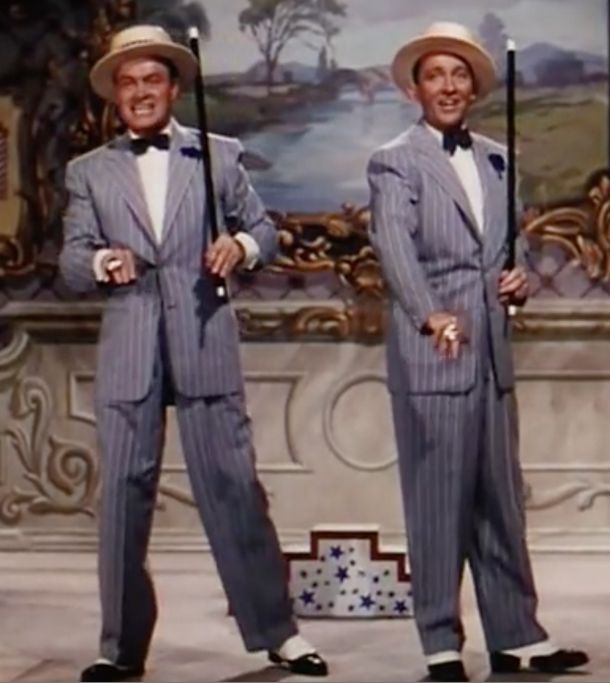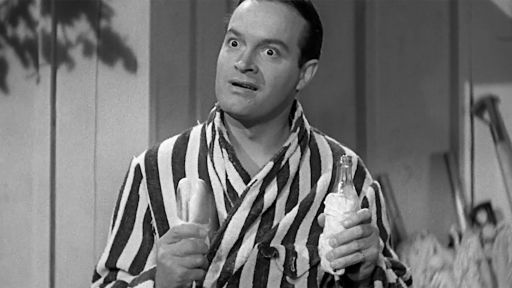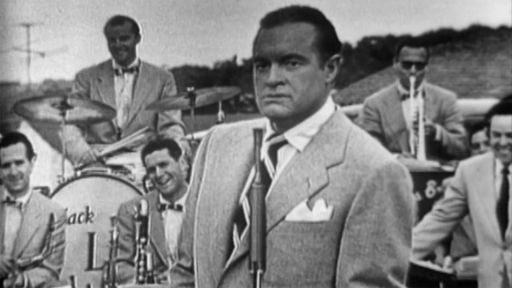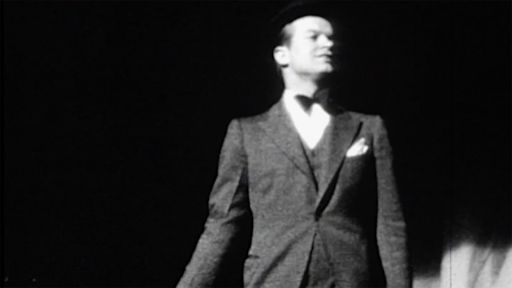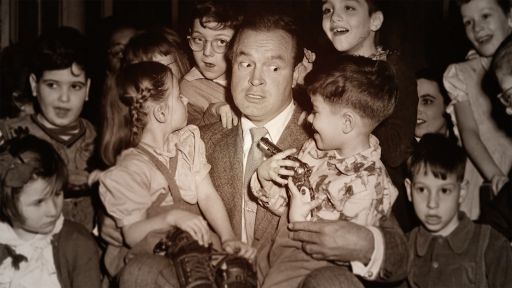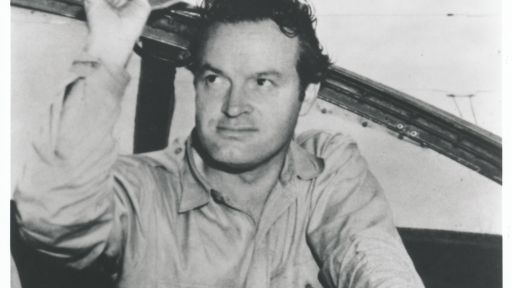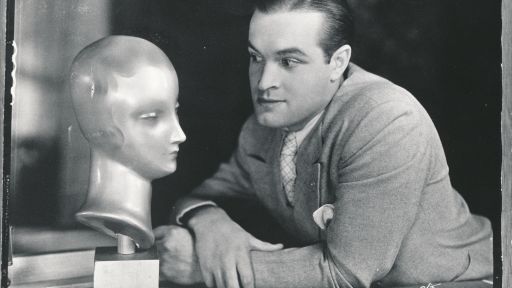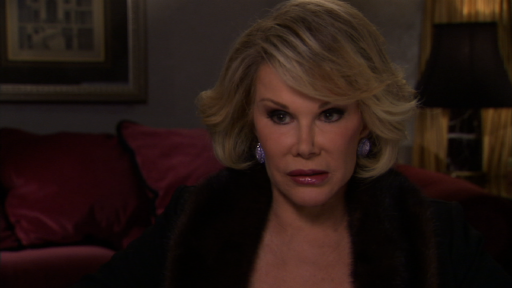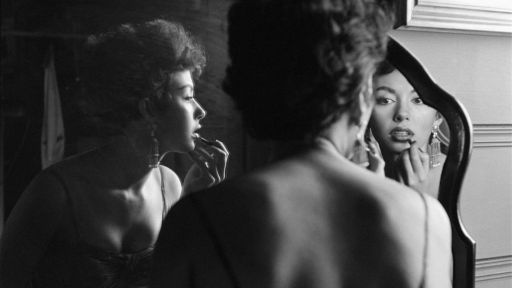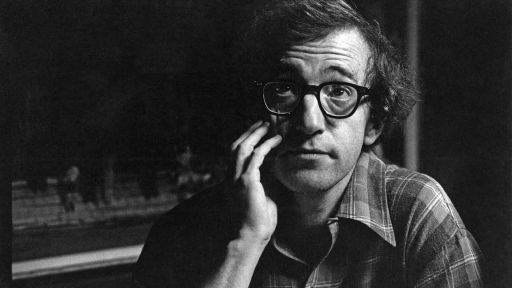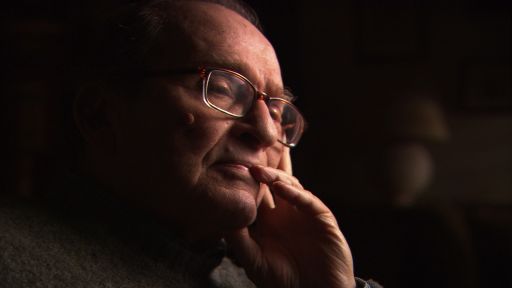In March of 1940, Bob Hope and Bing Crosby made their first picture together, “Road to Singapore.”
It was the first of their famous “Road” pictures, and one of 1940’s top grossing films. The two actors had a special chemistry and it was showcased brilliantly in the “Road” picture series. In an era of staid and somewhat formulaic romantic comedies, Hope and Crosby broke that tedium by inundating their audience with a barrage of wisecracks, jokes and insults delivered in rapid–fire succession. Hope himself would often break the fourth wall by speaking directly to the audience or commenting on the quality of the scene he was in. It created a sense of intimacy with the audience that made them feel as if they were part of the party. It was a revolutionary technique in filmmaking.
The two actors had met years earlier in New York City while performing together at the Capitol Theater in 1932.
Crosby was an established entertainer and film actor, while Hope was an up-and-coming vaudevillian plying his trade on the Broadway stage. Hope was the emcee of a show that featured Crosby as the main attraction. Together they decided to throw around a few old vaudeville bits and jokes. It was spontaneous, and the crowd ate it up. Hope and Crosby realized in that moment that together they possessed a charisma that was greater than their individual talents. But Hope would choose to remain in New York until Hollywood lured him away in the late–1930s.
The two would meet again on the Paramount lot in Hollywood in 1937.
They decided to perform together at a benefit held at the Del Mar Racetrack. As the legend goes, some studio executives in attendance took notice of the duo’s synergy and made plans to team them up in their own motion picture. That picture was “Road to Singapore,” and it would establish the basic elements of future “Road” pictures.
Hope would always play the nervous guy, putting up a wall of bravado that perpetually crumbled under his cowardly core. Crosby, on the other hand, was smooth and cool, plotting and scheming, often taking advantage of Hope’s meek and retreating character. And although they were companions on a zany journey, there was also a not-so-subtle rivalry between them. Crosby would often get the girl by film’s end, and with few exceptions, Hope would go empty handed.
Added to the mix was Dorothy Lamour, who co-starred in six of the seven “Road” pictures.
She was often cast as the sultry and exotic native of whatever land the boys found themselves stranded in. Lamour was known for playing similar roles in earlier pictures, so much so that she became known as the “Sarong Queen.” Most of the “Road” pictures she was in were satirical versions of genres popular for the day.
Perhaps the most striking feature of the Hope/Crosby collaboration was the aforementioned breaking of the fourth wall. Hope was the main practitioner of this unique comedic approach. Combined with their rapid–fire one-liners and onscreen complaints about writers and producers, they never let you forget you were watching a movie. They were letting you in on the joke with a wink and a nod.
The effortless comradery the two displayed on screen belied their off-screen relationship.
Hope and Crosby were two very different people. Hope loved the limelight and played the part of the celebrity to the hilt. He was very content being famous and interacting with his fans. On set, between takes, he would mingle and interact with cast and crew. Crosby, on the other hand, was more remote and removed. He tended to shun the duties of his stardom and kept to himself on set. He even left the Hollywood orbit to live in Northern California in mid-career.
Hope and Crosby set a new standard for the buddy picture and all comedy duos that would follow.
But by the time their last film together was released, “The Road to Hong Kong” in 1962, the material was out of step with contemporary norms, as scenes of racial mimicry stood out as insensitive and offensive. But the pair kept on truckin’ along, with plans to produce an eighth “Road” picture in 1977, “The Road to the Fountain of Youth.” But the film would never materialize. Bing Crosby would die of a heart attack on October 14, 1977 after finishing a game of golf. Bob Hope would survive his pal by almost 27 years, passing on July 27, 2003 at the age of 100.

